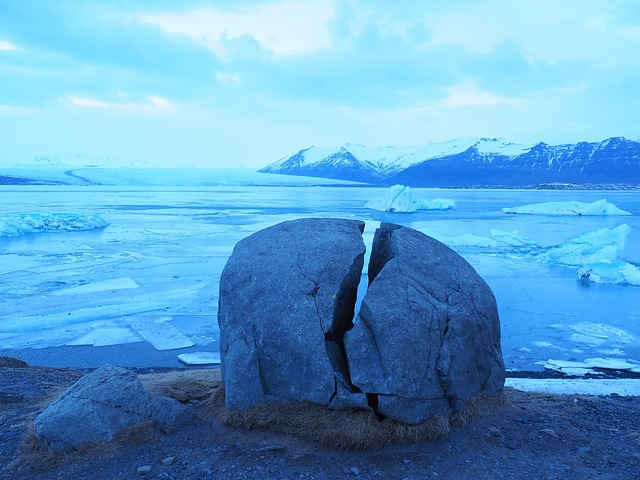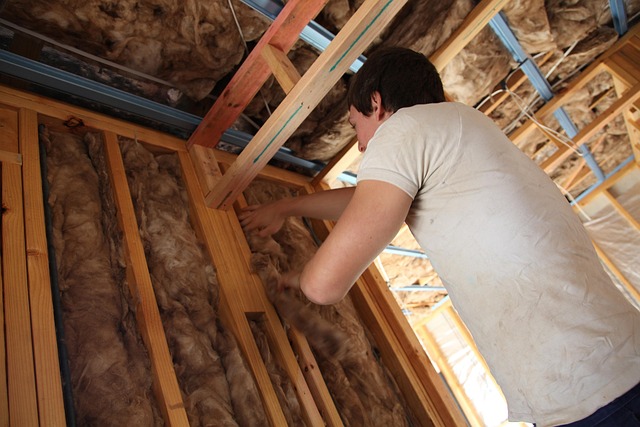The interconnection between the environment and our health has never been more evident than in recent years. As climate change continues to alter ecosystems and weather patterns, we’re forced to confront the unsettling reality of the spread of diseases. It’s not just in far-off places anymore; the implications of environmental changes are knocking at our doors, urging us to pay attention before it’s too late.
With glaciers melting and habitats shifting, many species are being pushed into closer contact with human populations. This increased interaction brings with it the risk of zoonotic diseases—we’re talking about illnesses that leap from animals to humans. From Lyme disease to West Nile virus, the spread of diseases is becoming more common as tick and mosquito populations thrive in warming temperatures.
Moreover, changing climates mean harsher weather events, including floods and heatwaves, which can exacerbate existing health issues and breed environments where pathogens flourish. The stress that these shifts place on our environment can lead to a decline in air and water quality as well, which is a direct assault on our immune systems. The spread of diseases is not just a future threat; it’s a current plight for many communities already grappling with the consequences of climate change.
As our planet’s health declines, so too does ours. The air we breathe and the water we drink are impacted by rising temperatures and unstable weather patterns, leading to the proliferation of waterborne diseases that can devastate local populations. Areas that were once safe havens can quickly turn into hotspots for illness, reminding us that our environmental policies directly affect our personal health.
Furthermore, the socio-economic implications cannot be ignored. Vulnerable populations often bear the brunt of both climate and health crises. Marginalized communities are more likely to live in areas susceptible to flooding or extreme heat, which in turn amplifies their exposure to diseases. This intersection of health and environment creates a vicious cycle where the weakest are left vulnerable while those with power may remain insulated from the worst impacts.
In this ever-evolving battle against climate change, understanding the spread of diseases is vital. It compels us to look at the bigger picture of how our actions—both individually and collectively—contribute to environmental degradation. Addressing climate change is not merely an environmental issue; it is fundamentally tied to our health and wellbeing.
Taking action against climate change is not a solitary path, but a united effort that involves communities coming together. Initiatives like urban green spaces, reducing carbon footprints, and promoting sustainable practices can all play a role in mitigating these risks. The conversation around climate control needs to include public health discussions if we are to combat the spread of diseases effectively.



